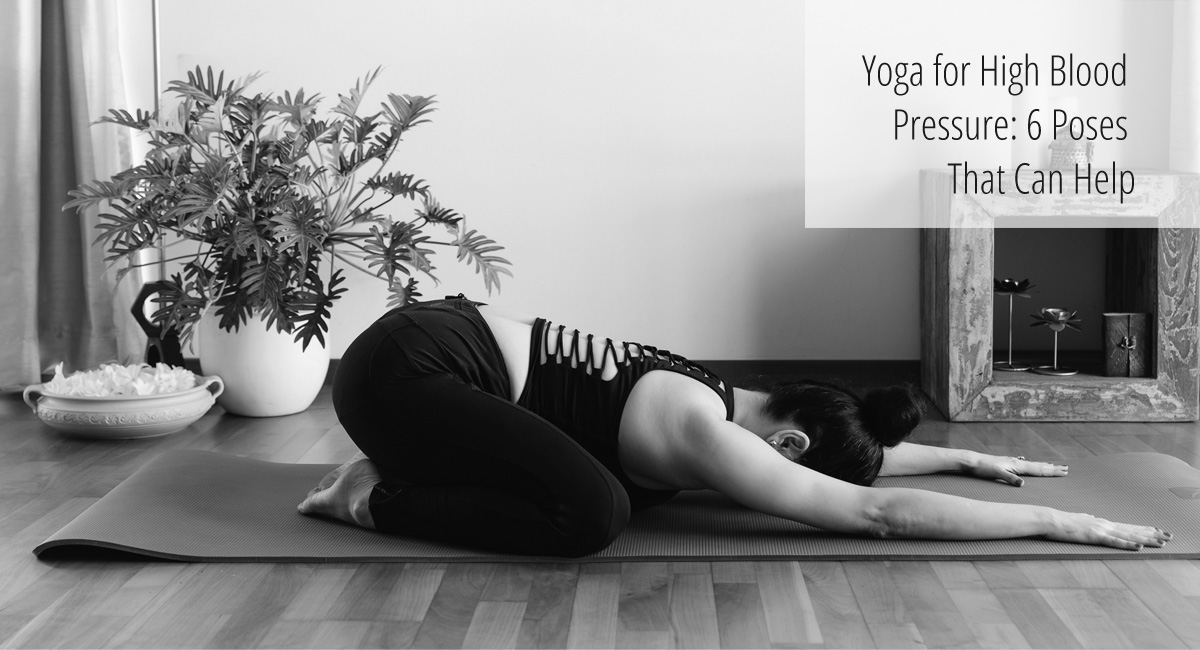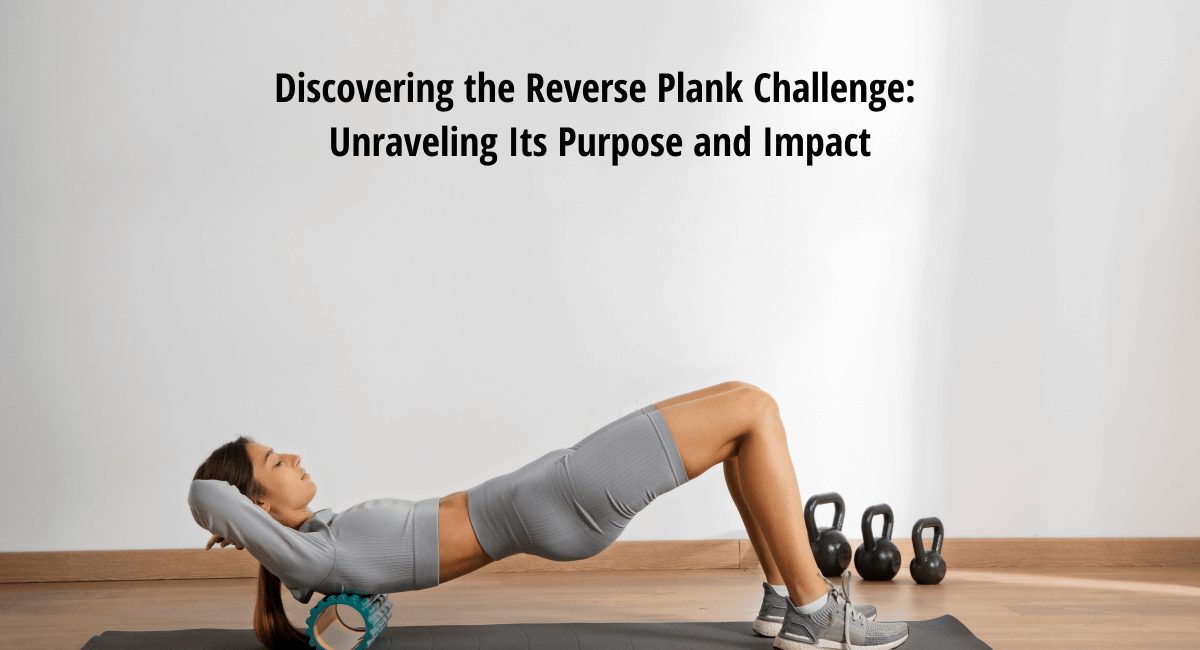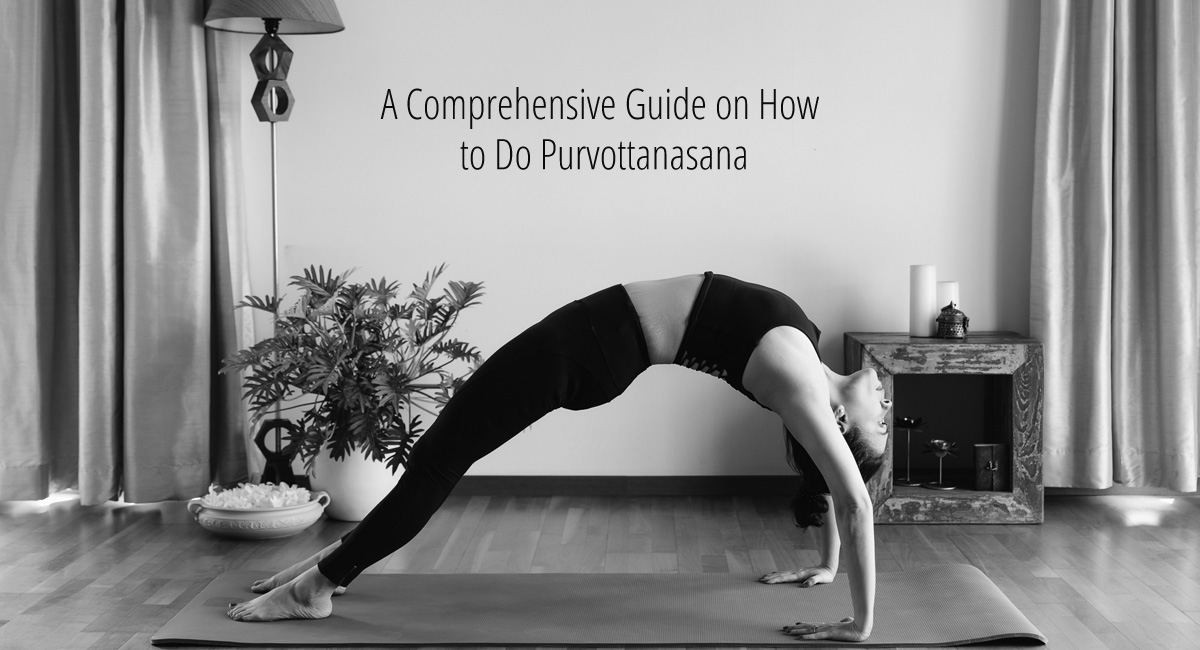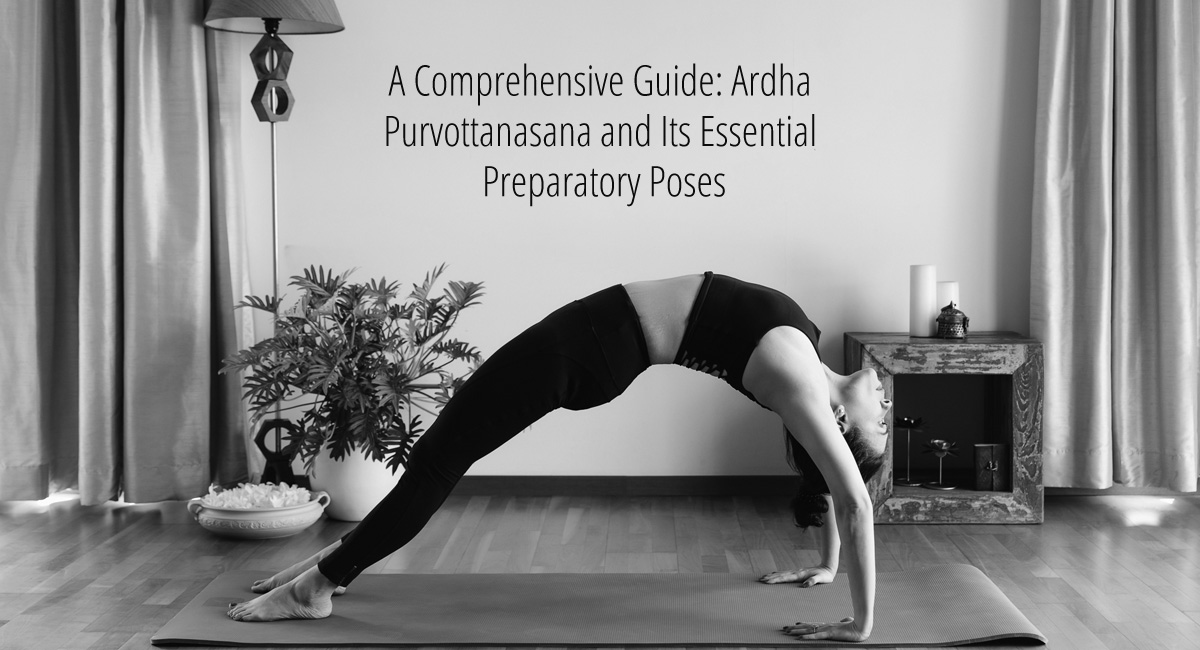
Yoga for High Blood Pressure: 6 Poses That Can Help
Table of Contents
What Is High Blood Pressure?
High blood pressure, also known as hypertension, is a chronic medical condition that affects millions of people worldwide. It occurs when the force of blood against the walls of the arteries is consistently too high. This condition can lead to various health complications, including heart disease, stroke, and kidney problems. High blood pressure is often referred to as the “silent killer” because it can go unnoticed for years, gradually damaging the body.
Hypertension is typically defined as having a blood pressure reading of 130/80 mm Hg or higher. The first number (systolic) represents the pressure when the heart beats, while the second number (diastolic) represents the pressure when the heart is at rest between beats.
Understanding the basics of high blood pressure is crucial when exploring how yoga can help manage this condition.
How Can Yoga Help with High Blood Pressure?
Yoga is a holistic practice that combines physical postures, breathing exercises, and meditation. It has been shown to have a positive impact on blood pressure by addressing both the physical and mental aspects of the condition.
Here’s how yoga can help with high blood pressure:
Stress Reduction: Yoga promotes relaxation and reduces stress, which can contribute to lower blood pressure. Chronic stress is a common factor in hypertension, and yoga provides effective stress management techniques.
Improved Circulation: Certain yoga poses enhance blood circulation, which can help in lowering blood pressure. These poses stimulate the relaxation response in the body, reducing the strain on the heart.
Weight Management: Regular yoga practice can aid in weight management, which is crucial for controlling hypertension. Maintaining a healthy weight reduces the workload on the heart.
Enhanced Breathing: Yogic breathing techniques, such as deep diaphragmatic breathing, can help regulate blood pressure by calming the nervous system and improving oxygenation.
Balanced Nervous System: Yoga helps balance the autonomic nervous system, ensuring that the body’s “fight or flight” response doesn’t dominate. This balance can lead to more stable blood pressure.
6 Yoga Poses for High Blood Pressure
Incorporating the following yoga poses into your daily routine can help in managing high blood pressure:
1. Savasana (Corpse Pose)
Savasana is a relaxation pose that promotes deep rest and stress reduction. Lie down on your back, close your eyes, and consciously relax each part of your body. Focus on slow, deep breaths to calm the mind and lower blood pressure.
2. Viparita Karani (Legs-Up-The-Wall Pose)
Viparita Karani is a restorative pose that improves circulation and reduces stress. Lie on your back with your legs extended up against a wall or a supportive surface. This gentle inversion helps drain excess blood from the legs and eases strain on the heart.
3. Balasana (Child’s Pose)
Balasana is a calming pose that soothes the nervous system. Kneel on the floor with your big toes touching and knees apart. Sit back on your heels, then fold forward, resting your forehead on the floor. Breathe deeply and relax in this pose to alleviate tension.
4. Sukhasana (Easy Pose)
Sukhasana is a comfortable seated pose that encourages mindfulness and relaxation. Sit cross-legged with your spine straight. Focus on your breath and allow tension to melt away. Regular practice can reduce stress and help manage blood pressure.
5. Bhujangasana (Cobra Pose)
Bhujangasana is a gentle backbend that stretches the spine and stimulates the abdominal organs. Lie on your belly, place your palms beside your shoulders, and lift your chest off the ground while keeping your lower body grounded. This pose can improve blood circulation and reduce stress.
6. Anulom Vilom Pranayama (Alternate Nostril Breathing)
Anulom Vilom is a powerful breathing technique that balances the nervous system and lowers blood pressure. Sit comfortably with your back straight. Close your right nostril with your thumb and inhale deeply through your left nostril. Then, close your left nostril with your ring finger and exhale through your right nostril. Repeat this process for several minutes.
These poses and breathing techniques can be integrated into your yoga practice to help manage high blood pressure effectively.
Conclusion
Yoga offers a holistic approach to managing high blood pressure by addressing both the physical and mental aspects of the condition. Regular practice of yoga poses, combined with mindful breathing and relaxation techniques, can significantly contribute to lower blood pressure levels.
However, it’s essential to remember that yoga should complement, not replace, medical treatment for hypertension. If you have high blood pressure or any other medical condition, consult with a healthcare professional before starting a new yoga practice. Integrating yoga into your daily routine, along with a healthy lifestyle and proper medical care, can lead to better blood pressure management and overall well-being.

I am a Pune based artist, Kathak dancer, Dance Movement Therapist, and an avid Yoga practitioner/ teacher. I am also the Director at the Sakal Media Group, a Trustee of Pune Blind School and Nirdhar Trust.
Being a part of Sakal Media Group, with its strong foundation of service and ethical journalism, I am deeply committed in making this world a better place by pushing boundaries, giving opportunities to others, following my convictions, helping others make better choices and to tell powerful stories that will help reshape the world we live in.





